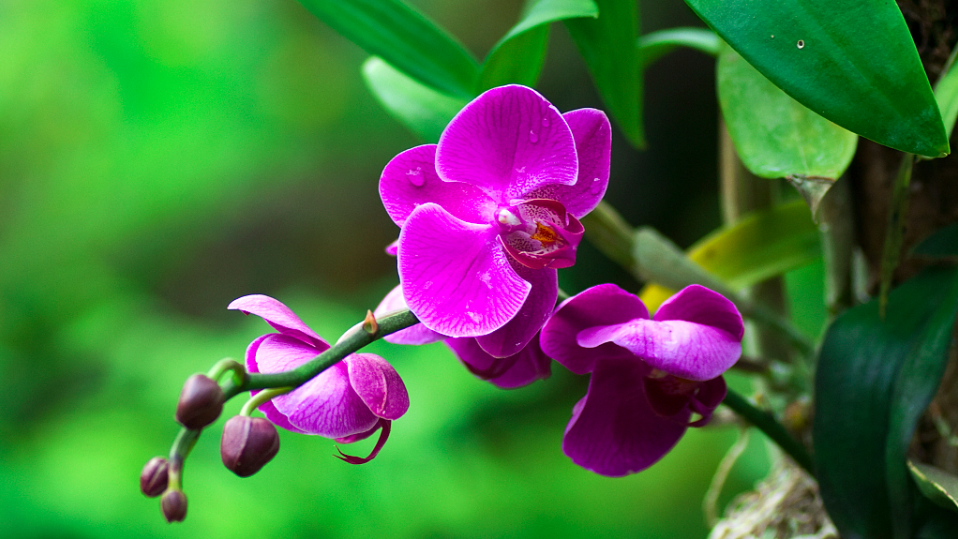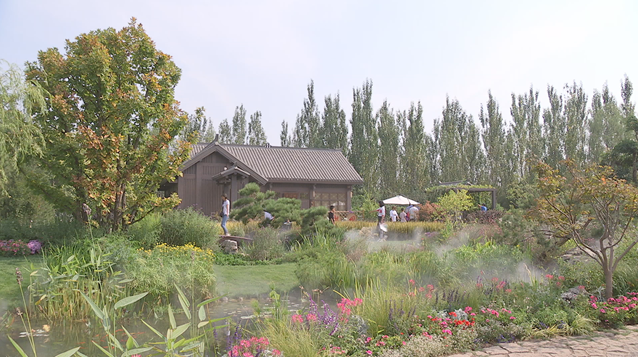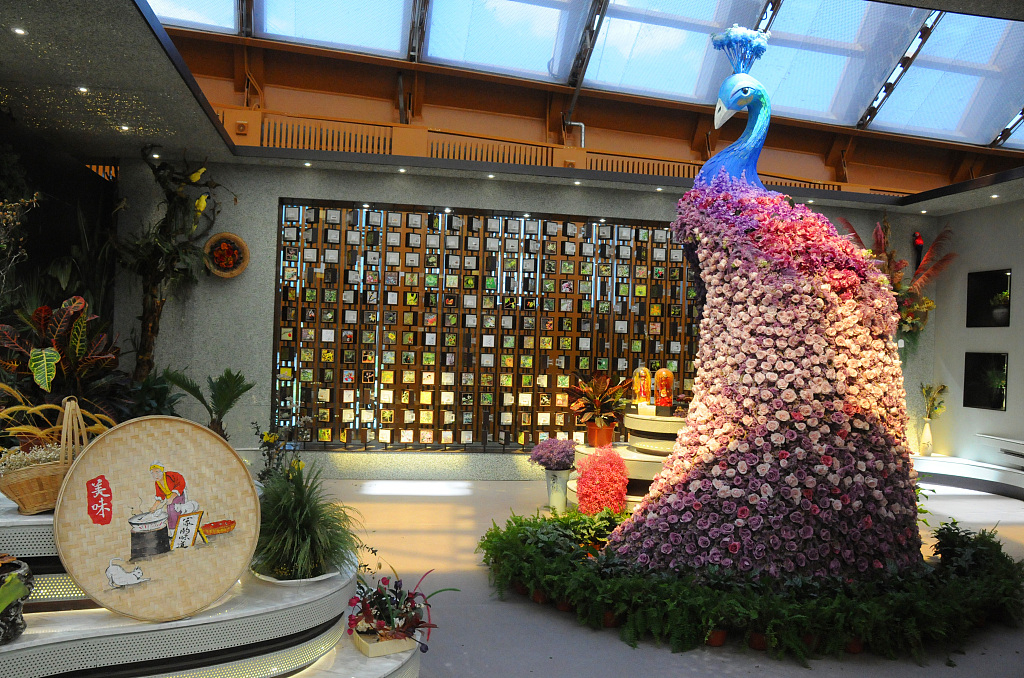01:40

The 2019 Beijing International Horticultural Exhibition ended its six-month run in Beijing's northern suburban district of Yanqing on October 7.
Themed "Live Green, Live Better," the exhibition is the largest of its kind in history and is another example of China's soft power diplomacy, attracting the participation of more than 110 countries and international organizations. According to official estimate, 7.8 million visitors came to the exhibition between April 29 and September 23.
The show boasted more than 8,000 gardening plants and 2 million flowers, with around 20,000 new breeds shown to the public for the first time. There were also pavilions representing different Chinese provinces, each with its distinct local style, and featuring main attractions from the region.

Hunan garden of the 2019 Beijing International Horticultural Exhibition in Yanqing District, Beijing. /CGTN Photo
Hunan garden of the 2019 Beijing International Horticultural Exhibition in Yanqing District, Beijing. /CGTN Photo
The Hunan garden, for example, was designed like a miniature village hidden in a deep mountain. It incorporated elements of the province's scenic spots as well as a corner of the province's most famous academic institution, the Yuelu Academy.
The pavilions at the exhibition were also designed in a way that best promotes the principle of circular economy — reducing waste and increasing the recycling of resources. The main landmark, the China Pavilion, had a built-in rainwater collection system on the pavilion's roof. Rain water can be diverted through the system to irrigate plants in the nearby terrace field so as to cut down water usage.
Natural construction materials were widely used across pavilions in the exhibition. For example, in the UNESCO Garden, a gallery built with bamboo sourced from southwest China's Yunnan province, provided a perfect shelter for visitors who wanted to escape from the scorching heat.

The China Pavilion of the 2019 Beijing International Horticultural Exhibition. /VCG Photo
The China Pavilion of the 2019 Beijing International Horticultural Exhibition. /VCG Photo
In the German Garden, products made from renewable raw materials, including flower pots and coffee mugs made of sunflower seed shells, were on display. At the garden of the International Potato Center from Peru, one could find a replica of the Moray archaeological site, built with recycled materials such as old tires and bottles.
The expo is an embodiment of China's pursuit for ecological civilization — the long-term vision for a sustainable China. Recent years witnessed China's attempts to transform its development model to an environmentally-friendly one, steadily replacing coal with clean energy sources and cutting down the number of chemical fertilizers to curb water pollution.
By allowing visitors to interact with the show and encouraging visitors to plant flowers in the UNESCO garden, the exhibition sent the message that human and nature are an integrated whole. While visitors came to experience the beauty of nature, they also brought vitality to the natural world.

The German Pavilion of the 2019 Beijing International Horticultural Exhibition. /VCG Photo
The German Pavilion of the 2019 Beijing International Horticultural Exhibition. /VCG Photo
The exhibition also featured the latest technologies and innovative applications that has potential to improve human lives. For example, a total area of 200,000 square meters of the exhibition halls were covered with 5G signals. At the 5G exhibition hall, there was a humanoid robot that imitated human behavior simultaneously almost with no delay.
The region that hosted the exhibition, the district of Yanqing in Beijing's northern suburban area, also stands to benefit from legacies of the exhibition. In the early 1950s, Yanqing suffered from serious desertification when its forest coverage rate was less than 7 percent. Because of the exhibition, areas around the expo site were planted with new vegetation. Hundreds of horticultural companies also opened up production bases in Yanqing, which greatly boosted the local green industry.
Unlike many exhibition sites which are abandoned after the event, the site of the 2019 Beijing International Horticultural Exhibition, which spans an area of 503 hectares, will be transformed into an education base for ecological culture. And some of the facilities built for the exhibition will be used as supporting facility for the Beijing 2022 Winter Olympics.

An aerial view of the Guirui Theater of the 2019 Beijing International Horticultural Exhibition. /VCG Photo
An aerial view of the Guirui Theater of the 2019 Beijing International Horticultural Exhibition. /VCG Photo
Through promoting eco-friendly designs and the use of renewable resources, the exhibition aimed to highlight the importance of promoting harmony between humans and nature, and champion a low-carbon lifestyle. Even though the 2019 Beijing International Horticultural Exhibition has ended, the legacy of an eco-friendly way of living endures.